
We would like to welcome helical gear hobbing in a CNC lathe and say goodbye to the dead time that occurs when you have to turn and hob on two different machines.
The range of possibilities is very broad since we can hob cylindrical gears with both straight and helical teeth.
Technical characteristics of the toolholder used for external gears on a CNC lathe:
Gear of the part shown in the video:
The cylindrical helical gear is a toothed wheel that has slanted teeth running at an angle to the rotary shaft of the wheel, and they are used to transmit motion. In this video we show the hobbing of a helical gear with an angle of 16º. The images, courtesy of MT Marchetti, a leading European manufacturer of toolholders, were taken on their TTL-52-52-T1Y-T2Y that they acquired in 2019. This turning centre is unique thanks to its unprecedented functionalities and specifications. The movements on the X3 and Z3 axes allow the incorporation of a counterpoint, operation with 3 tools simultaneously, and machining of longer pieces thanks to a reduction in interferences.
Our applications video aims to show solutions that allow us to improve the cycle times and maximise the performance of the CNC lathe. If you are interested in learning more about gear hobbing or you need to carry out a time study, our applications department will design a tailor-made solution.
Discover all the programming tips with this free downloadable
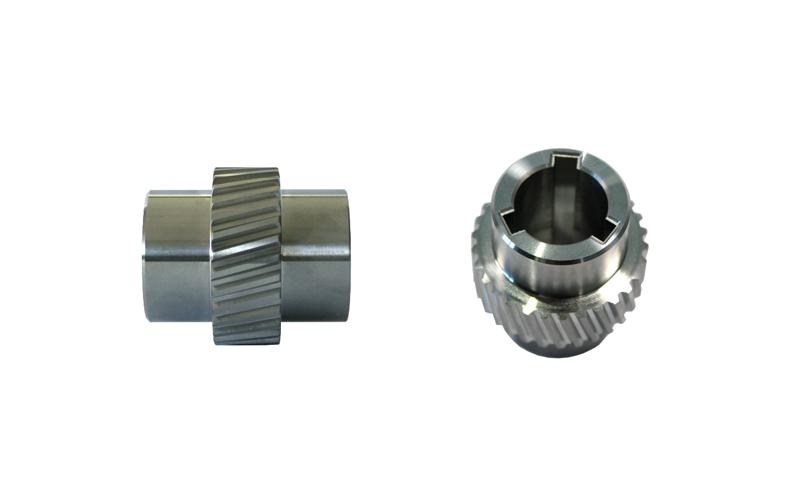
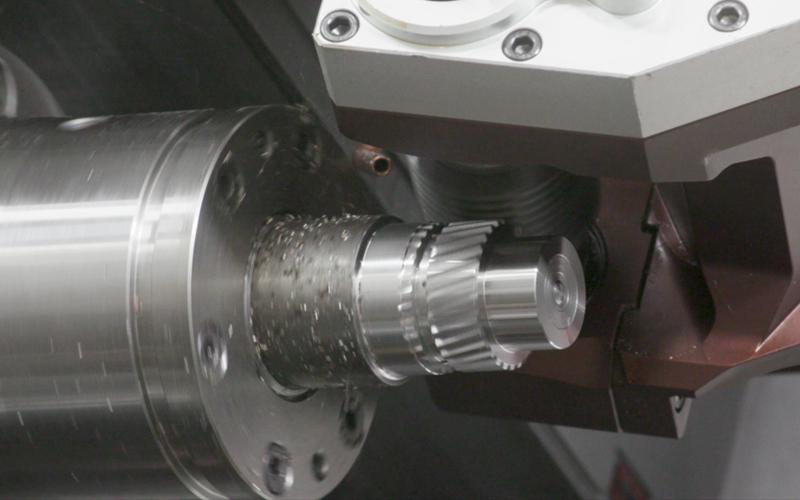
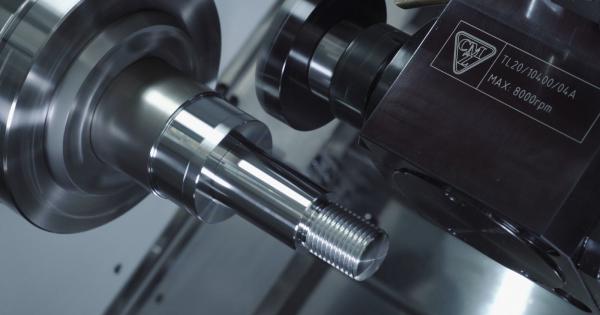
Polygon turning is a process through which flat planes are obtained on the piece through synchronized rotation of the spindle and the live tool. Polygon turning can be performed on our CMZ CNC lathes. It is an alternative process to milling each surface individually. It is more similar to lathing…
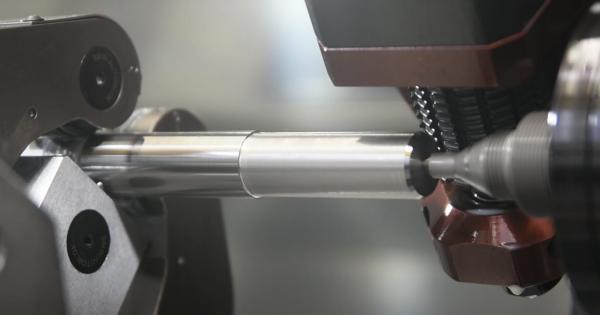
The geometry of the gear in the gear hobbing process is obtained by the synchronised movement between the spindle and the live tool. The limit to manufacture gears in a CMZ CNC lathe is around the hob tool being able to produce the required profile but for occasional machining. Bigger gears require…
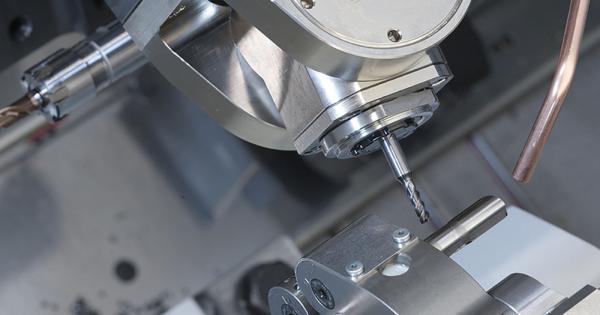
We can often find features in our drawings where an angular machining operation is required. With standard toolholders these features are not achievable because only operations in X and Z directions are possible with standard live toolholders. However, there are some adjustable angle heads in the…
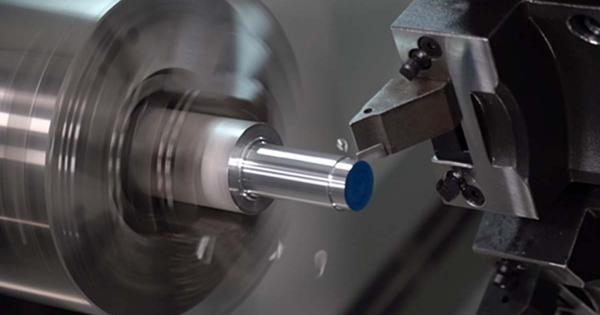
One of the most critical aspects in many machining processes is chip formation. Long and entangled chips are formed mainly in turning operations due to constant cutting conditions. This issue requires changes in the process; such as modifying machining parameters or changing tools to get into a safer…
Our applications department can analyse in detail the process to be carried out and offer you a part study helping you to reduce cycle times.